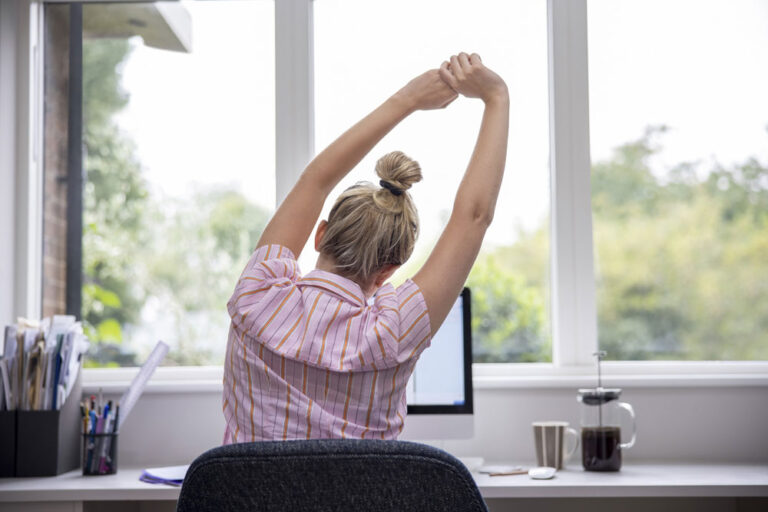Dealing with lower back pain on the right side can be a challenging and debilitating experience. It can affect your daily activities, work productivity, and overall quality of life. However, in Specialty Care Clinics with the right strategies and proactive measures, you can effectively manage and alleviate this discomfort. In this blog, we will explore various techniques and lifestyle changes that can help you find relief from right-sided lower back pain.
UNDERSTANDING RIGHT-SIDED LOWER BACK PAIN:
Before diving into the strategies, it’s crucial to understand the potential causes of right-sided lower back pain. It can be attributed to several factors, including muscle strains, ligament sprains, herniated discs, poor posture, spinal misalignment, or even underlying medical conditions. Identifying the root cause will help determine the most suitable approach for pain management.

EFFECTIVE STRATEGIES FOR MANAGING RIGHT-SIDED LOWER BACK PAIN:
- Rest and Gentle Exercise: When experiencing right-sided lower back pain, it’s essential to strike a balance between rest and gentle exercise. Resting excessively can weaken the muscles, leading to further discomfort. On the other hand, engaging in low-impact exercises like walking, swimming, or yoga can help improve flexibility, strengthen the muscles, and promote healing. Look for easy exercises to alleviate lower right back pain in our other blog- Exercises to relieve lower right back pain.
- Heat and Cold Therapy:
Applying heat or cold packs to the affected area can offer temporary relief. Heat therapy, such as warm showers or heating pads, helps increase blood flow, relax muscles, and reduce stiffness. Cold therapy, like ice packs or cold compresses, can help numb the area, reduce inflammation, and alleviate pain. Alternate between the two methods for optimal results. - Correct Posture:
Maintaining good posture is vital for supporting the spine and reducing strain on the lower back. Ensure that your workspace, chairs, and mattresses provide adequate support. Practice proper sitting and lifting techniques, avoiding prolonged periods of slouching or hunching over. Consider using ergonomic aids, such as lumbar supports or standing desks, to improve your posture. - Stretching and Strengthening Exercises:
Specific stretches and exercises can target the muscles and alleviate right-sided lower back pain. Consult a healthcare professional or physical therapist to learn suitable exercises for your condition. Focus on exercises that strengthen the core muscles, such as abdominal and back muscles, as they provide support to the spine and reduce strain on the lower back.  Pain Medications and Topical Treatments:
Pain Medications and Topical Treatments:
Over-the-counter pain relievers, such as nonsteroidal anti-inflammatory drugs (NSAIDs), can help manage mild to moderate pain. Topical treatments, such as creams or gels containing menthol or capsaicin, can provide localized relief. However, consult a healthcare professional before using any medications or topical treatments, especially if you have underlying medical conditions or are taking other medications.- Stress Management and Relaxation Techniques:
Stress can exacerbate pain and tension in the body, including the lower back. Engaging in stress management techniques, such as deep breathing exercises, meditation, or mindfulness, can help relax both the mind and body. Consider incorporating activities like yoga or tai chi into your routine, as they promote relaxation and improve overall well-being.
WHEN TO SEE A DOCTOR:
While most cases of right-sided lower back pain can be managed with self-care strategies, it’s important to recognize when it’s necessary to seek medical attention. You should consult a doctor if:
- The pain is severe and persistent, or if it worsens over time.
- The pain is accompanied by other concerning symptoms, such as numbness, tingling, or weakness in the legs.
- The pain follows an injury or accident.
- The pain is interfering with your daily activities and quality of life.
Managing right-sided lower back pain requires a holistic approach that combines self-care strategies, lifestyle modifications, and, if necessary, medical intervention. By understanding the causes and implementing effective strategies, you can find relief from discomfort and improve your overall well-being. Remember to listen to your body, practice good posture, and seek professional help, call (469) 545-9983 when needed. Take control of your pain and reclaim an active, pain-free life.
